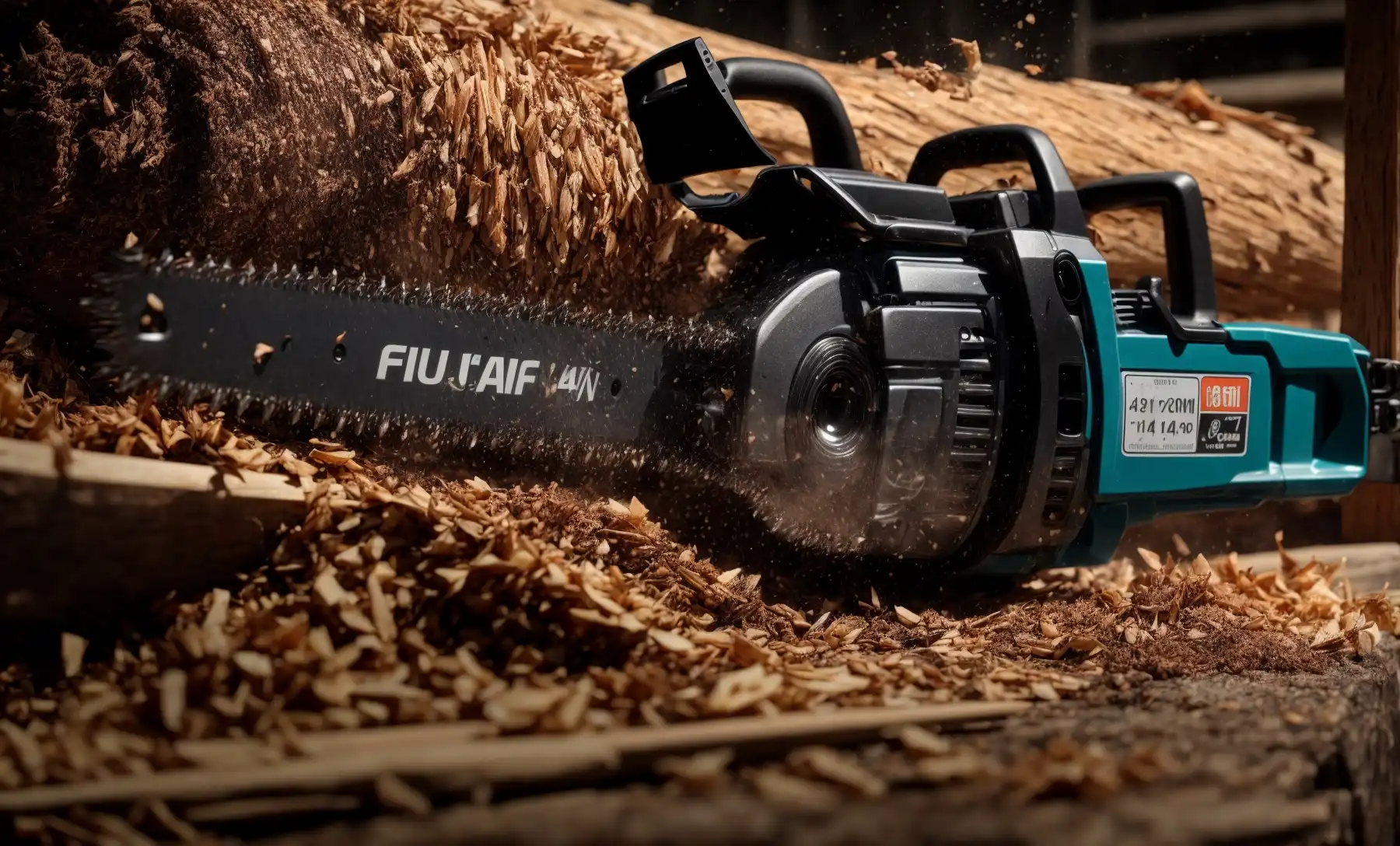A typical chainsaw operates at around 2,500 to 3,000 RPMs under no load, with maximum RPMs reaching up to 14,000 under load.
If you’ve ever taken on the role of lumberjack in your backyard, or have needed to sever branches for any reason, you’ve no doubt been accompanied by the trusty mechanical roar of a chainsaw. But have you ever wondered just how fast that chainsaw is rotating and what that means for its cutting power? In this in-depth exploration, we unlock the mysteries behind the Revolutions Per Minute (RPMs) of different chainsaws and what factors contribute to their efficiency and performance.
The Basics of Chainsaw RPMS
Before diving into specifics, it’s important to set the stage with a basic understanding of chainsaw mechanics. RPM, or Revolutions Per Minute, is the measure of how many times the chainsaw’s engine rotates in a minute. This is a critical performance metric, as it directly influences how fast the chain revolves around the guide bar and therefore how effectively it cuts.
Understanding the Range of RPMs in Chainsaws
Different chainsaw models and types come with varying RPM capabilities. To give you a general idea, here’s a table that breaks down the typical RPM range for various chainsaws:
| Type of Chainsaw | Average RPM Range |
|---|---|
| Electric Chainsaw | 6,000 – 13,000 |
| Battery-Powered Chainsaw | 5,000 – 8,500 |
| Gas-Powered Chainsaw | 8,000 – 14,000 |
| Professional Chainsaw | 10,000 – 14,000+ |
It’s important to note that these numbers represent idle to maximum RPMs, and actual performance can be influenced by several factors including the chainsaw’s engine size, the cutting conditions, and maintenance of the saw.
Factors Impacting Chainsaw RPMs
- Engine Displacement: Larger engines typically have higher RPM capabilities.
- Bar and Chain Size: The length and thickness of the bar and chain can impact the optimum RPM for a chainsaw.
- Fuel Mix: For gas-powered chainsaws, the correct fuel mix is crucial for achieving optimal RPMs.
- Air Filter Cleanliness: A dirty air filter can restrict airflow to the engine, reducing its RPM.
- General Wear and Tear: Over time, components wear down which can diminish a chainsaw’s RPMs if not properly maintained.
Maximizing Chainsaw Performance and Safety
To ensure your chainsaw operates at an appropriate RPM, regular maintenance is key. This includes:
- Checking and replacing the air filter as necessary.
- Maintaining the correct fuel mix (for gas chainsaws).
- Sharpening the chain regularly to reduce the load on the engine.
- Ensuring the chainsaw’s components are properly lubricated.
Moreover, safety should never be compromised for performance. Always wear protective gear such as goggles, gloves, and ear protection, and follow the manufacturer’s guidelines for operating RPMs to prevent injury or damage.
Read more: Which Way to Put Chain on Chainsaw
Conclusion
A chainsaw is a powerful tool that demands respect and understanding. Knowing the RPM range of your chainsaw can help you gauge its cutting capabilities and guide you in maintaining it properly. Whether you’re trimming small branches or felling large trees, being aware of your chainsaw’s RPMs ensures you’re using the tool efficiently and safely. Discover the latest in chainsaw expertise at Chainsaw Hive. Our Knowledge section is always buzzing with fresh, insightful articles.
